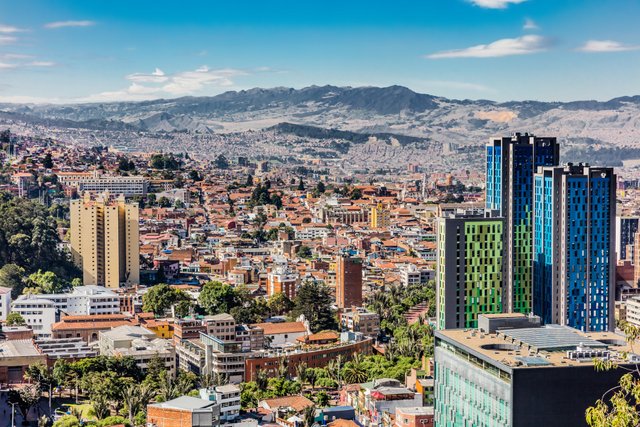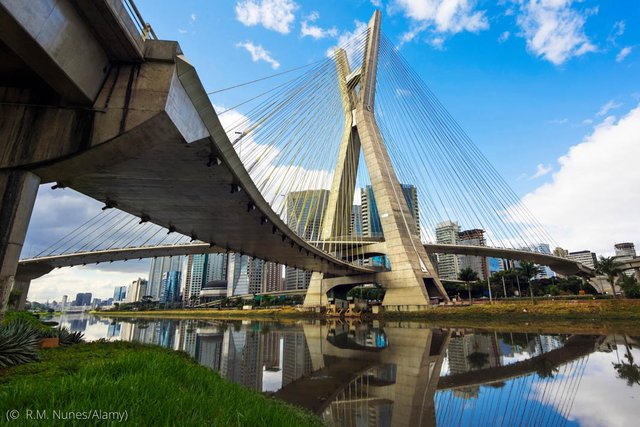Controlling inflation is the main challenge facing South American economies, as in 2022 inflation climbed to levels not seen for almost two decades. The Russian invasion of Ukraine caused prices to soar worldwide, especially food and energy.

In June of this year, Latin America reached 8.4%, the highest level recorded since 2005, according to data from the Economic Commission for Latin America and the Caribbean.
Inflation in 2023 is expected to be lower than in 2022, but not as low as before the pandemic, and some countries, such as Argentina, Venezuela and Cuba will continue to suffer from "chronic inflation.
Global growth will slow in 2023, contributing to the risk of a "hard landing" for developing economies, according to World Bank forecasts. The unfavorable international context will lead to a slowdown in growth and global trade, higher interest rates and lower global liquidity.

The economies of Latin America and the Caribbean will grow by 1.3% in 2023, a third of the rate expected for 2022. In the United States, tighter monetary and financial conditions will slow growth to 1% next year, increasing the likelihood of a recession.